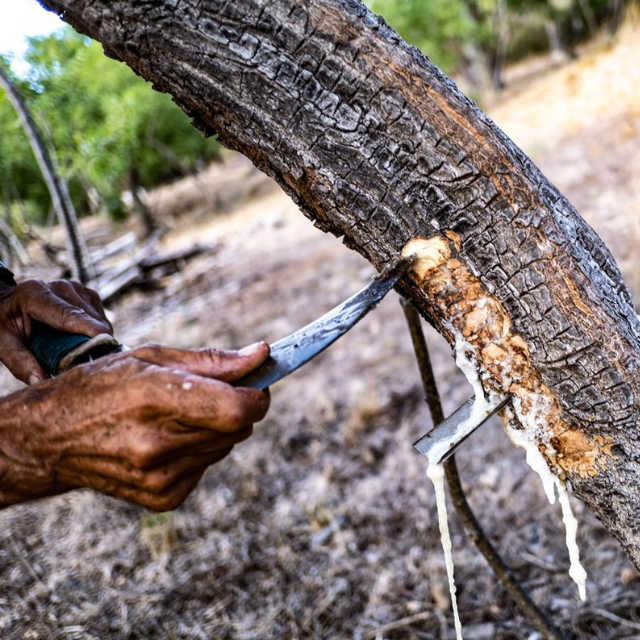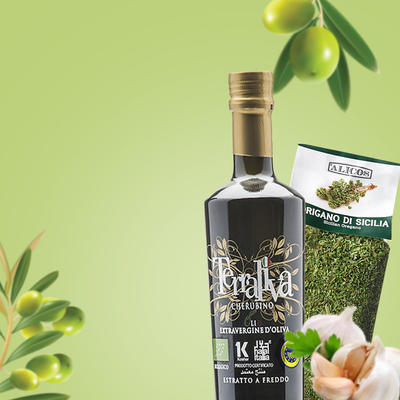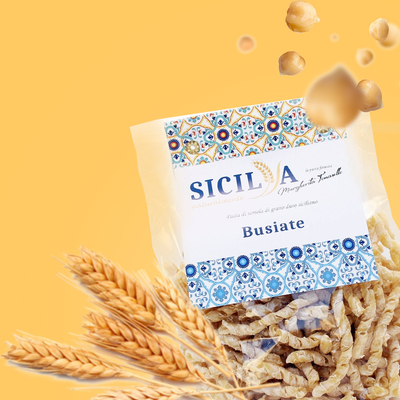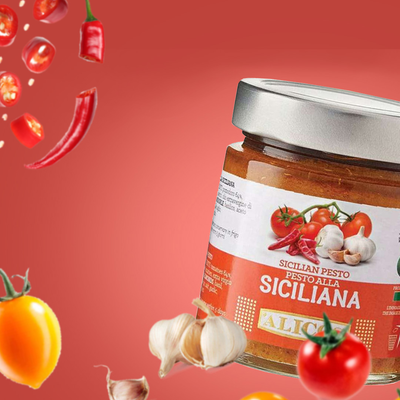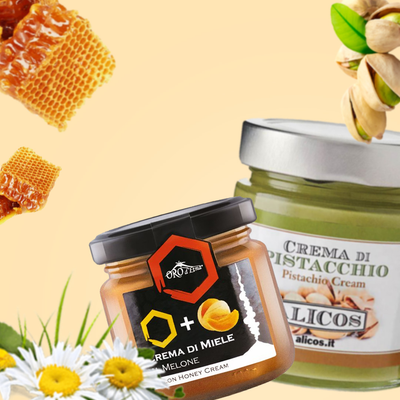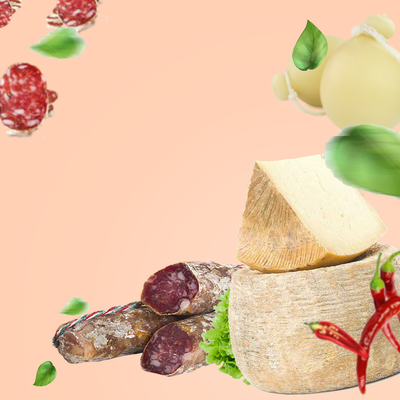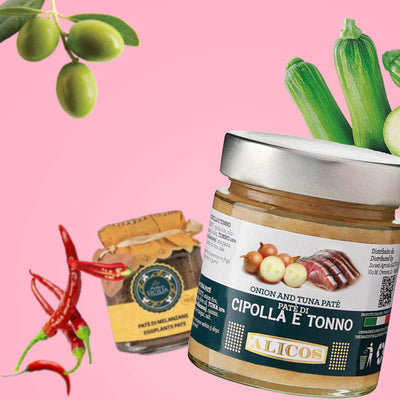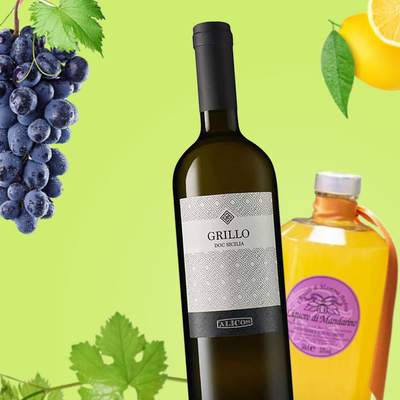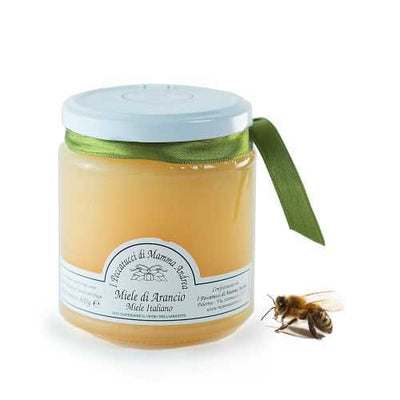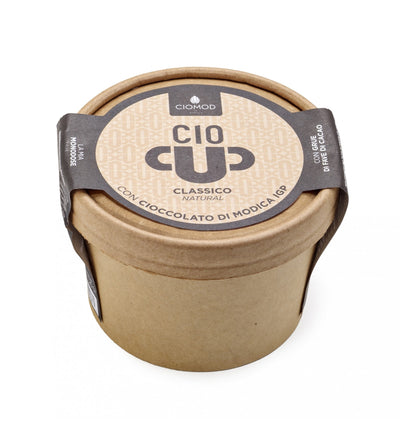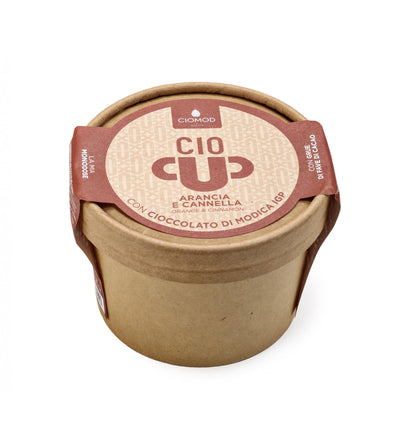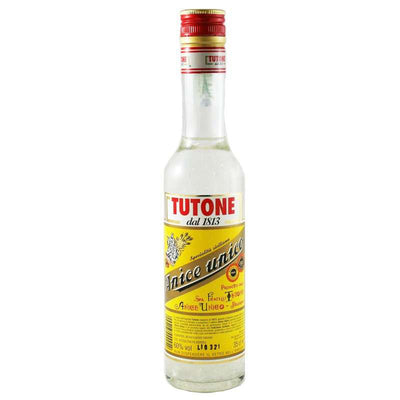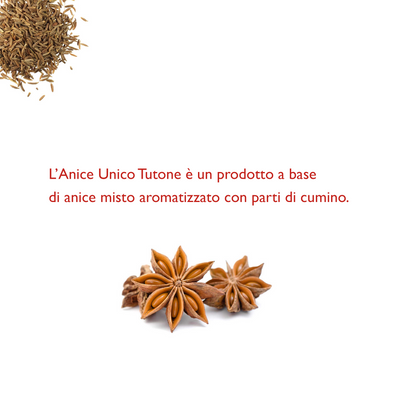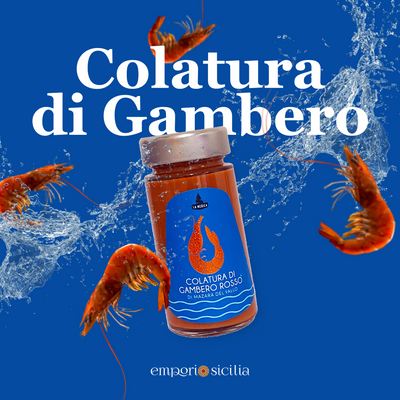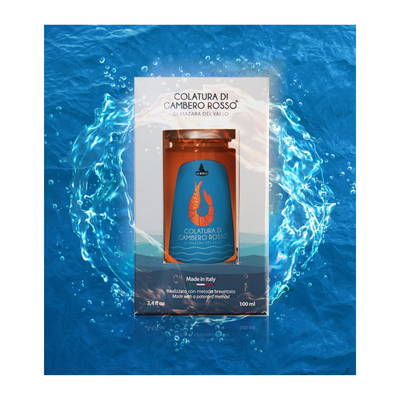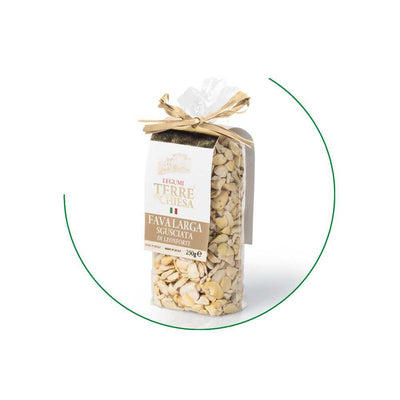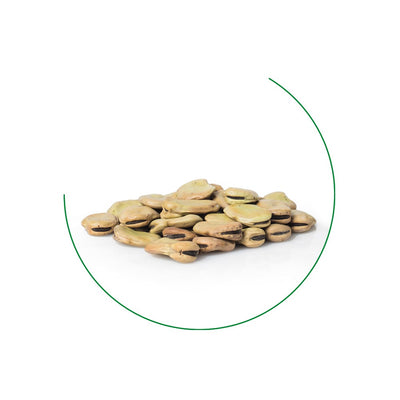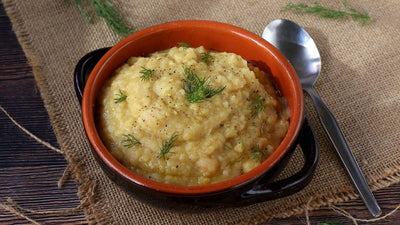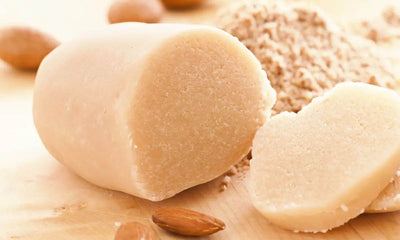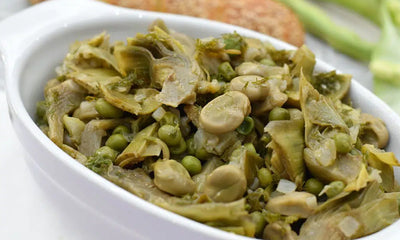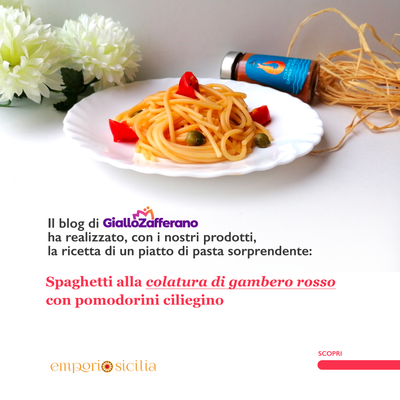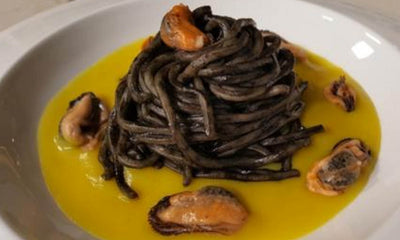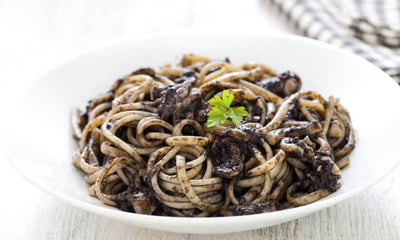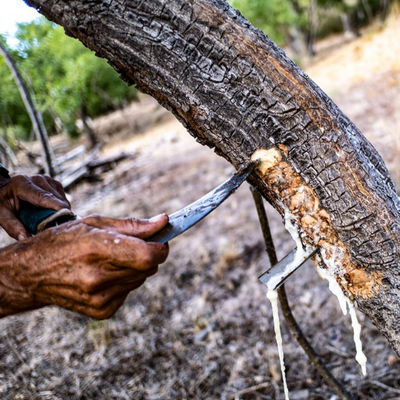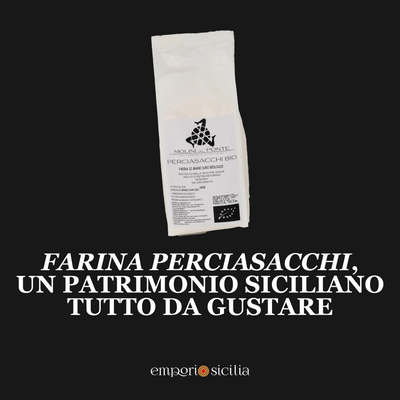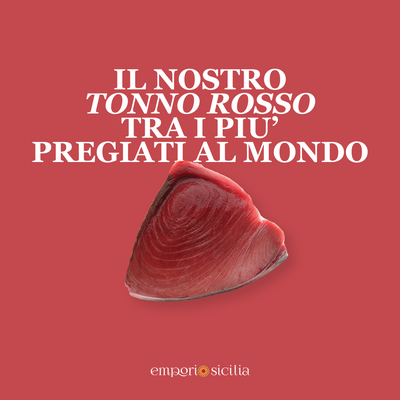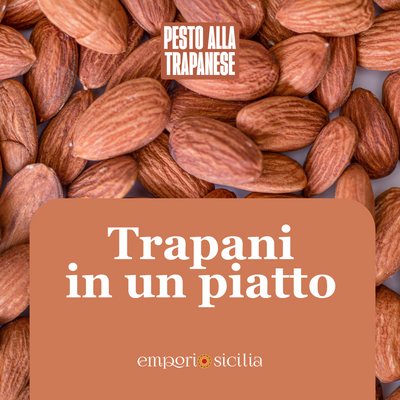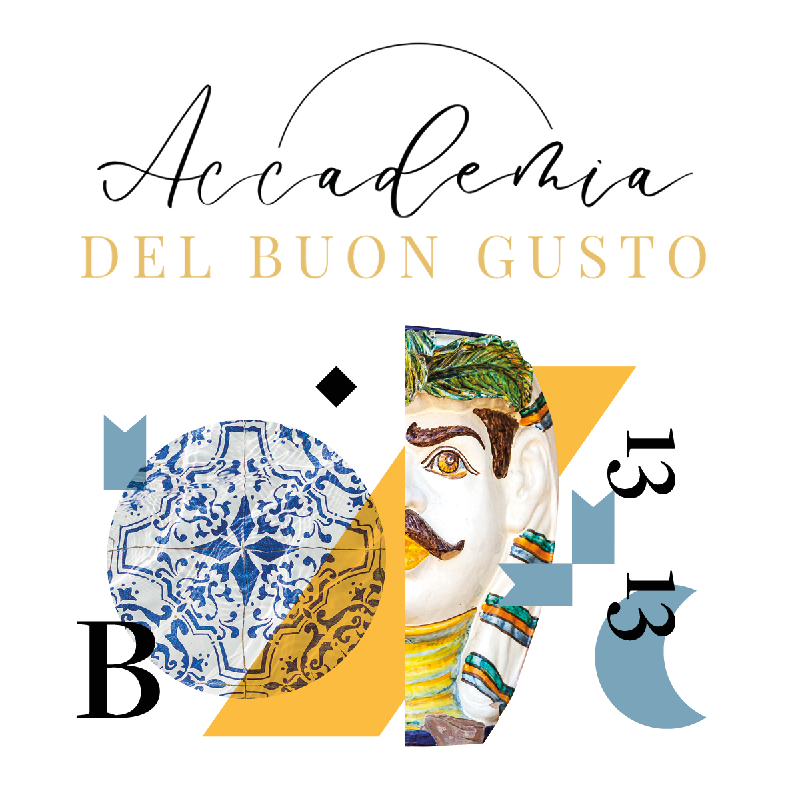The manna… When the manna does not come from heaven!
Today this delight is produced only in Sicily. According to the Bible, manna is an edible substance that God administered to the Israelites during their wanderings in the desert, after their exit and liberation from slavery in Egypt
What is Manna?

Manna is a historically divine food announced by God with the promise made to Moses, to keep the exiles alive for forty years. The expression " manna coming down from heaven " in figurative art implies a connection between God and man. Its name comes from "Mân Hu" which means " what is it ?". This expression represents the amazement for the Jews in seeing an unknown food rain from heaven, sent by their God into the desert to feed them.
Manna is a sugary substance that flows from the wounds of the ash tree trunk, known for its laxative, emollient and cough sedative properties. natural sweetener with low glucose and fructose content.

Manna is the sap extracted from the bark of ash trees appropriately cut with a particular knife called a mannaruolo. Usually the first incision falls in the second-third decade of July. In this period, barefooting (or squasatura) is practiced which consists of removing the earth around the trunk until the upper part of the largest roots is exposed; doing so helps the plant to enter a condition of water stress which is essential for production purposes. To identify the right moment for the first incision, the ash grower carries out an examination to verify the maturity of the plant by checking that the soil is completely dry and detaches from the roots, that the leaves turn from intense green to a green tending towards yellow; furthermore, to verify the actual state of stress of the tree, the degree of wilting of the foliage is tested first hand. When the plant is ready, the first incision is made with the mannaruolu; the incision takes place transversally at the base of the trunk starting from 5–10 cm from the ground. The incisions (notches) are made every morning at a distance of approximately 2-3 centimeters from the previous sulcus. The first incision begins in the second half of July and ends at the end of September.

Manna is a typical Sicilian product, as such it is recognized and is included in the list of typical agri-food products drawn up by the Ministry of Agricultural and Forestry Policies. The cultivation of manna ash presumably dates back to Islamic domination (9th, 11th century AD); the oldest document that mentions the manna dates back to 1080 in a diploma from the bishop of Messina. Sicily became the largest producer in the second half of the nineteenth century.
Cultivation of Manna from Heaven, the Treasure of Sicily

The production of ash manna is a typical crop in the Castelbuono and Pollina area, on the Madonie mountains. The manna therefore does not fall from the sky but flows from the ash trees, becoming a unique resource for its quality and capable of creating economy and employment for the territory. The manna, its valorisation, demonstrates how the biodiversity typical of a place can create income if respected and valorised to the fullest.

Manna is classified based on how it is collected:
Manna cannoli: it is the most prized, similar to a stalactite; it is formed by the dripping of sap along the bark of the tree and is collected with the bow.
Scrap manna: it is made up of the sap that flows along the bark; it is detached with the rasula and collected in the box.
Manna in fate: it is formed by the sap that accumulates in the prickly pear cladodes specially prepared at the base of the trunk.
Uses in the Kitchen
The uses in the kitchen are varied. One of the main creations in cooking with manna is sweet bread , sweetened with manna and prepared with flour, water, oil, milk and yeast. The result is a very simple cake but capable of concentrating millennia of history and fascinating traditions.

Towards the 1980s it was rediscovered in the pastry sector, thanks to famous products such as Mannetto, the manna panettone of the Fiasconaro brothers, but it was also included among creams, nougats and as a formula for other desserts.
It can be combined with dark chocolate, taking advantage of its ability to round out the natural acidity of cocoa. In some restaurants in Castelbuono it has been included in the menu as an accompaniment to the black pork fillet encrusted with manna, almonds and pistachios.
Another way to consume it in order to enhance its flavors and benefits is to create a pure solution , both as a syrup and as a digestive bitter .




